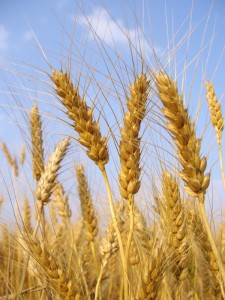NSU Newsroom
SharkBytes
Horizons
This version of NSU News has been archived as of February 28, 2019. To search through archived articles, visit nova.edu/search. To access the new version of NSU News, visit news.nova.edu.
This version of SharkBytes has been archived as of February 28, 2019. To search through archived articles, visit nova.edu/search. To access the new version of SharkBytes, visit sharkbytes.nova.edu.
Move Over Quinoa; Make Room for Freekeh
Submitted by Marilyn Gordon, Ed.D. RDN CSSD LDN
NSU Registered & Licensed Dietitian/Nutritionist
Pronounced “Free-kah”, this ancient grain has been consumed in the Middle East for more than 2,000 years is now available in your local grocery store. Freekeh is made from young green wheat. After harvesting, it is roasted and rubbed. This roasting gives it a nutty flavor and a texture similar to bulgur wheat. It is a great substitution for cous cous, brown rice, quinoa, or teff.
You can find creative ways to include it in salads, stews, pilafs, or as a stand-alone vegetarian dish. For breakfast, you can serve it as you would oatmeal and dress it up with dried fruit, chopped nuts, and cinnamon. Nutritionally, one serving has 20% daily value for iron (20% or more is considered a good source of that nutrient), 80% daily value for manganese, 6 grams of protein, and 4 grams of fiber.
Since Freekeh is wheat, it is not appropriate for Gluten Free diets and should not be consumed by someone with Celiac’s disease. The high fiber content can extend the sense of fullness after a meal and promote a healthy gastrointestinal tract.
